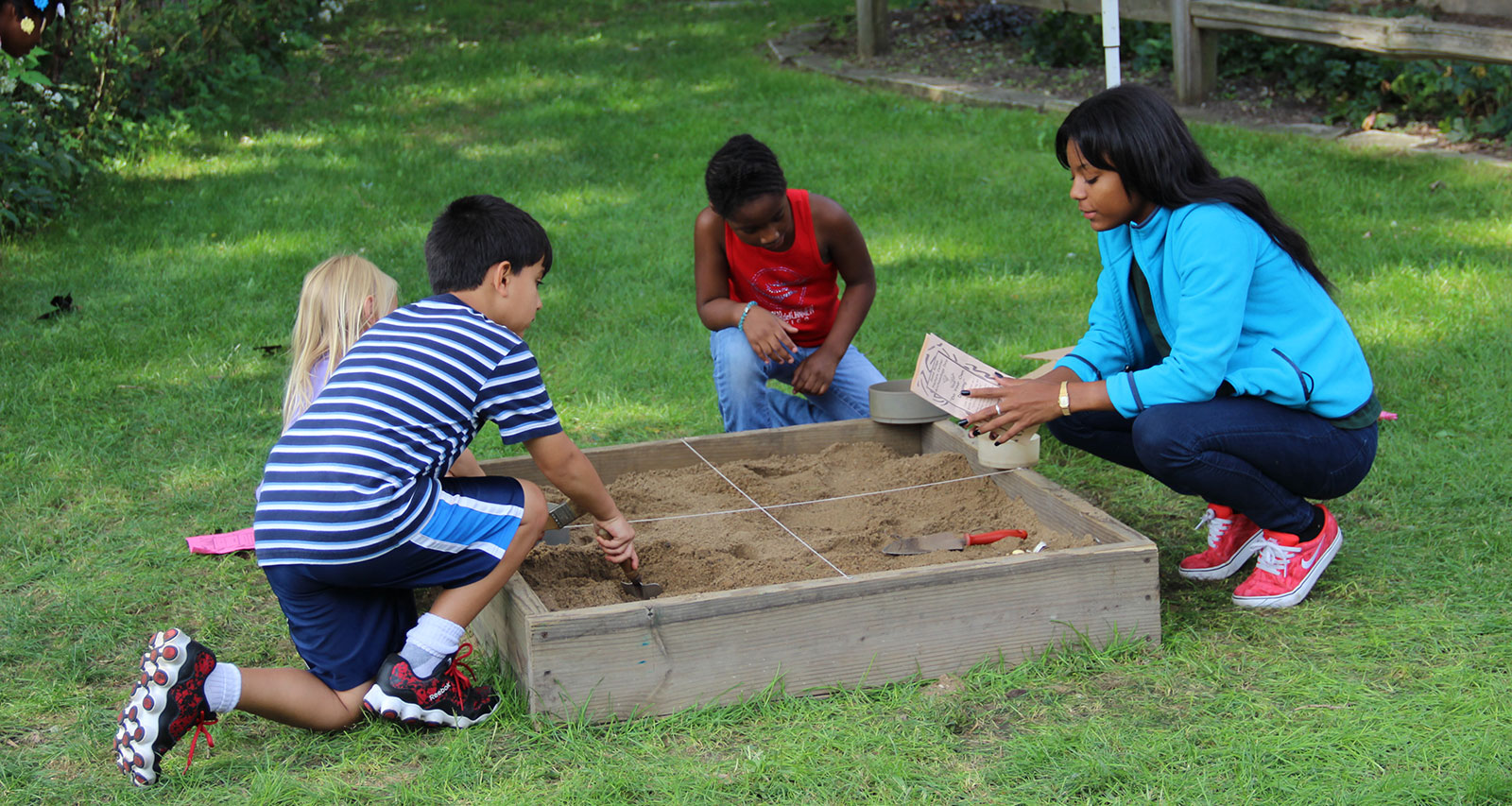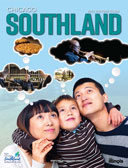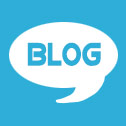Recognizing the Early Inhabitants
Travel Inspiration
Chicago Southland Touched with Native American Influence
Before the European settlers made their way to Northern Illinois, the area was inhabited by Native Americans. You’ll find subtle references to early tribes and attractions honoring them within the area.
Be surrounded by the native prairie that American Indians would have seen at Indian Boundary Prairies in Markham. Over 300 acres of pristine Illinois prairie land appears as it did pre-settlement among the four primary sites - Dropseed, Gensburg-Markham, Paintbrush and Sundrop Prairies. Among the Midwestern tall grass, it is estimated that 95 percent of the pre-settlement plant and animal species native to the sites continue to thrive. Besides preservation efforts, the Friends of Indian Boundary Prairies schedule a number of community and educational outreach programs.
The Great Sauk Trail was a well-worn American Indian thoroughfare that now forms the southern boundary of Sauk Trail Woods Forest Preserve. With beautiful views of Sauk Lake and five miles of paved trails, this inviting 630-acre preserve echoes the region’s past while providing recreational opportunities for visitors.
A Sauk Trail mile marker between Ashland and Western Avenues in South Chicago Heights marks the McCoy residence, which was a respite for Native American and early settlers as they traveled the country. Brown’s Corner at Chicago Road and Sauk Trail was the site of the Adam Brown Cabin and Tavern, where early settlers also stopped. A plaque exists at the northwest corner where a Walgreens store now stands. The four lampposts also state that the corner is known as Brown’s Corner. Both the Sauk Trail and Brown’s Corner were also part of the Underground Railroad.
The books Calumet Beginnings by Kenneth J. Schoon and Chicago Highways Old and New: From Indian Trail to Motor Road by Milo Quaife both explore Native American history in the Chicago Southland.
Connected to the Ho-Chunk Nation, the Southland Center is a major state-of-the-art sports facility that features Desso Turf flooring, batting cages, four wood-floor basketball courts and additional space to accommodate multiple sports - soccer, dance, martial arts, baseball, cheerleading, basketball, gymnastics, lacrosse, football and volleyball. The facility boasts a new 4,000 square-foot concessions area and a full-service restaurant. The site has also hosted major competitions and exhibitions such as the American Cornhole Midwest Major and the BB2 Rodeo. The facility is owned and operated by the Ho-Chunk Nation of Wisconsin, one of two federally recognized tribes that were once a single tribe formerly known as Winnebago.
At some of the area historical societies, you’ll find bits of the story of the Native Americans who lived here before us, but the most extensive collection can be found at the Thornton Historical Society, where there is a full room dedicated to local Native American history. The last two Indian tribes in the area were the Miami Indians (Thornton Village site) and the Potawatomies.
Many of our roads were trails for Native Americans because they were once the shoreline of Lake Michigan. Some of the main routes they traveled are now Sauk Trail, Glenwood-Dyer Road, Ridge Road, Michigan City Road and Dixie Highway. These routes, that are not laid out in the typical grid pattern but are angled like trails, sit on higher ground, which allowed Native Americans to travel and settle around water.
Sand Ridge Nature Center in South Holland holds the annual Archaeology Day in September with archaeology displays, guided hikes, traditional crafts and more aimed at promoting a better understanding and appreciation of historic Native American culture.
If you look at names of communities in the Southland, you’ll find many stem from Native American language. A calumet is a long-stemmed, ornamental peace pipe used by North American Indians and the name is used in the communities of Calumet City and Calumet Park. Sauk Village is named for the Sauk tribes that once resided in the Midwest.












THINGS TO DO
EVENTS
DINING
ACCOMMODATIONS
PLAN YOUR TRIP
BLOG
MEETINGS
SPORTS
GROUP TOURS
SOCIAL EVENTS
MEDIA
MEMBERSHIP
ABOUT US
FACEBOOK
YOUTUBE
TWITTER
INSTAGRAM
LINKEDIN
TRIP ADVISOR
CONTACT US SITE MAP PRIVACY POLICY & DISCLAIMER
© Copyright 2001-2024 Visit Chicago Southland. All Rights Reserved. Developed by J Rudny, LLC
19900 Governors Drive, Suite 200| Olympia Fields, IL 60461-1057
(708) 895-8200 | Toll Free (888) 895-8233 | FAX (708) 895-8288